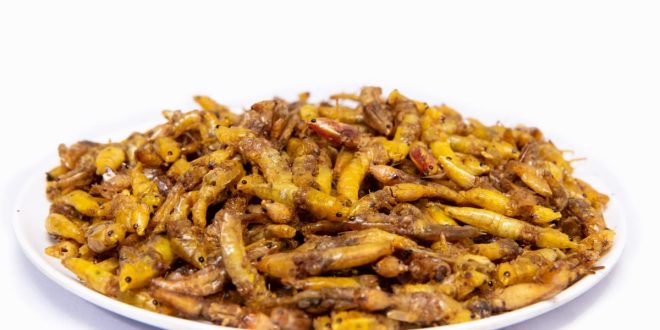Beyond being a staple, Nsenene have a social and nutritional value. Socially, when being collected as they bathe in the fluorescent lighting that attracts them like moths to a flambé instead of flame, they bring people together.
These people, often women and children, collect them as they chat about everything under the insect-ridden sun. It is a party.
Secondly, Nsenene, when eaten with family and friends, serves as the glue to conversation stuck on the joys of togetherness.
Such gatherings, in a country as incurably religious as Uganda is, are reminded that in Matthew 3:4 we read that St. John the Baptist ate locusts (a kind of grasshopper, both locusts and grasshoppers are short-horned members of the order Orthoptera.
These jumping herbivores with shorter antennae are grouped in the suborder Caelifera and wild honey.
Nutritional value
As to their nutritional value, Nsenene are the undisputed champions of keeping us healthy. They contain the following ingredients:
The protein content in grasshoppers is similar to that of a similar-sized serving of chicken breast, but with a bit more fat:
Chicken breast, roasted (100 grams)
So clearly KFC has nothing on Nsenene. Our winged friends never fly in the face of good taste when they can define it instead. This could be why Ugandans are not the only fans of this snack, as it were.
In Mexico, Nsenene are called Chapulines, plural for chapulín. They are commonly eaten in certain areas of Mexico and have been a delicacy there for generations. There is evidence that grasshoppers were eaten during the Spanish conquest, in the early to mid-16th century.
Source link
 The Impalaa Reports Impalaa is your biggest news source in Uganda and the East African region, bringing breaking news, daily updates, and the latest stories from Uganda.
The Impalaa Reports Impalaa is your biggest news source in Uganda and the East African region, bringing breaking news, daily updates, and the latest stories from Uganda.


